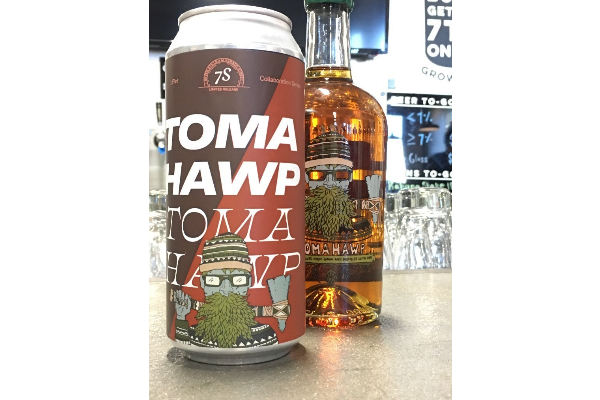One of the many joys of 21st Century, world-is-flat consumerism is how much cross-category experimentation is happening. This is particularly true in CPG, especially within the alcohol industry. It makes sense given how much of alcohol’s flavour comes from two primary sources: the ingredient fermented/distilled, and the process of natural barrel ageing. This is likely why barrel sharing has so long been common in the industry. But there is one particular connection that had scarcely been explored and perfectly taps two screaming trends of the past quarter century: beer and whiskey.
What many people don’t know is that the base ingredient for making whiskey is, effectively, beer. The first step for both is making wort: a mix of starches and sugars made from mashing barley, which kickstarts the alcoholic process. In beer wort is fermented and lautered (separated), in whiskey, it is fermented, lautered (through a mash tun), then distilled. Recently, some intrepid brands – most notably Charbay and Seven Stills of SF – began asking what if we distilled really good beer? Not an undrinkable “mash,” but actual, good, craft beer that people would happily drink on its own. Thinking about the craft beer explosion, they had in mind making IPA whiskey, Imperial Stout whiskey, Berliner Weisse whiskey, etc. Wouldn’t it make sense that a better base ingredient would make a better end-product?
And they’ve been wildly successful! Seven Stills not only distils many of their own in-house beers, they partner with some of the most famed craft brewers on the West Coast, creating an entirely new brand experience for their fans. They’ve also opened up a new channel for recruitment to the whiskey category by introducing new flavors to whiskey, like the fruity, bitter notes unique to citra hops found in many American IPAs, that helped launch the craft beer boom. It’s exciting to see such considered innovation and the myriad ways it can reshape – or redefine – categories.


